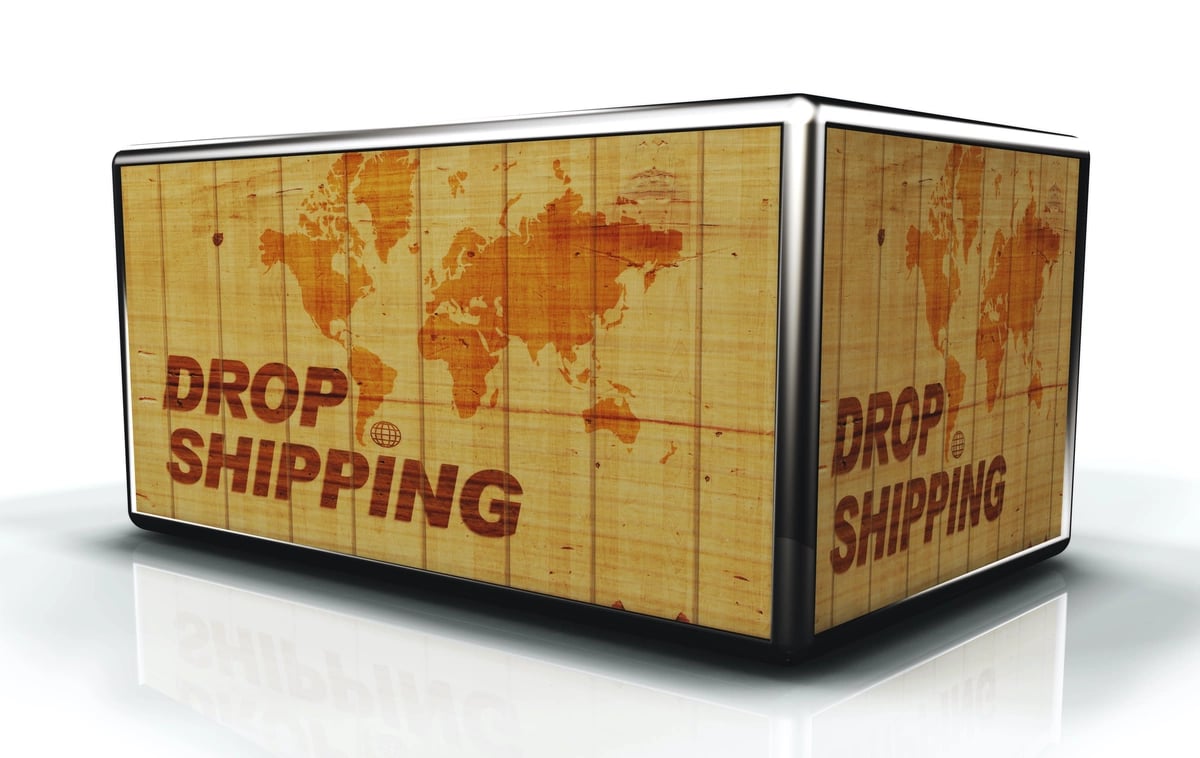Businesses tag efficiency as a major priority. For retailers, this means constantly searching for various business models that optimize their entire order fulfillment workflow while satisfying their clients' demands. These days, e-commerce businesses are turning to drop shipping logistics for selling and shipping products to maximize profits, given that they can sell and deliver orders without having to store inventory and handle deliveries.

But just how exactly does this business model work? When is drop shipping prohibited? Is drop shipping even profitable in 2020?
How Does Drop Shipping Logistics Work?
Online retailers either adopt the drop shipping business model or add drop shipping as a fulfillment option. Drop shipping, after all, relies on the wholesalers or manufacturers that produce, inventory, and ship the products directly to the client. Simply put, an e-commerce seller takes orders and forwards them to the suppliers, who then will deliver the goods at the clients' doorstep. Retailers act as the mediator and handle customer support and marketing of the goods. On the other hand, it is the drop shipping suppliers who handle the entire order fulfillment process.
Fulfillment vs. Drop Shipping Companies
People often use drop shipping fulfillment companies interchangeably with drop shipping businesses. Both use an outsourced order fulfillment solution; however, they are not the same.
A drop shipping fulfillment center requires purchasing inventory in volumes and does not manufacture or produce the product. On the other hand, a drop ship direct firm only lists and sells products that they do not own or manufacture and has suppliers that produce, pack, and ship the products ordered directly to the customer.
How Profitable Is Drop Shipping?
CSA scores are calculated on the scale of 0 to100; "100" showing the worst and "0" showing the best performance. The question, "How many CSA points makes it a bad score?" is regularly asked. There's no one answer, but here are different thresholds based on different categories:
The drop shipping business model is attractive for many, given its many advantages, such as:
Low Capital Expenditure and Operating Costs
Drop shipping eliminates the need for a large amount of startup capital since there are no warehouses to buy or lease and no inventory to stock up on. E-commerce sellers can focus on marketing their brand and products they sell rather than shell out funds for storage and stocks, two of the biggest expenses in retailing.
Manufacturers have reported an increase of 53% in their profit margins with drop shipping while online retailers have recorded a reduction of 50% in their costs, thanks to the elimination of costs related to inventory and storage.
More Flexibility
Drop shipping takes out the challenges of physical inventory, which in turn provides online retailers with more flexibility to update their inventories swiftly and at a cheaper cost. Plus, online retailers can quickly offer products that are selling fast in their competitors' eCommerce platforms without the risk of being stuck with inventories of slow-moving products. This business model, however, is not without its downside that entrepreneurs who want to venture in drop shipping should know.
Less Inventory Control
There's a drawback in being able to offer new products quickly or pulling out slow-selling ones from the platform: there's little control over the drop shipper's inventory. What this means is sellers cannot offer stocks when their suppliers run out of them, as handling inventories is the responsibility of someone else. Retailers are blind to the full supply chain and have zero influence on the supply chain operations of suppliers.
Customer Dissatisfaction
Customer satisfaction relies heavily on the performance of suppliers. Retailers must be prepared for dissatisfied customers if a drop shipping company fails to deliver products on time, provides damaged products, or has the wrong merchandise, even if the fault lies with the supplier. Every error on the part of the drop shipping firm could negatively affect the seller's performance.
Smaller Profit Margins
Retailers are unable to avail wholesale prices of manufacturers, which results in a smaller overall profit margin. To achieve optimal profit margins via the drop shipping models, sellers will have to sell higher volumes of products than what they could have produced and stored themselves.
Can You Delight Customers with Drop Shipping Logistics?
Even though it's an idea that's become more visible recently, there are already clear guidelines and expectations in place for the drop shipping business model. There are plenty of drop shipping direct companies operating in the United States; these companies are regulated, as they are required to keep a USA reseller permit in good standing. Foreign-based drop shipping entities have different tax regulatory requirements as well.
More and more online retailers are looking into drop shipping to maximize their profits. Just like with any other business model, drop shipping logistics has pros and cons, which any startup or existing enterprise should weigh carefully.
Ultimately, businesses need to ask themselves an important question before they take on this new fulfillment method: can you ensure high customer satisfaction using this model? The details of the answer will vary from business to business, the it is possible. The trick is to ensure that you have the right last mile capabilities to begin with.
When you have high levels of visibility and connectivity throughout your logistics processes, you can more easily find efficient ways to meet customer needs without a centralized inventory. When you're able to communicate directly with customers, you can set delivery expectations based on the latest information. In short, when you have the technology that powers smart, agile, and connected right-time delivery management, you're better set up for whatever fulfillment methods you decide on.